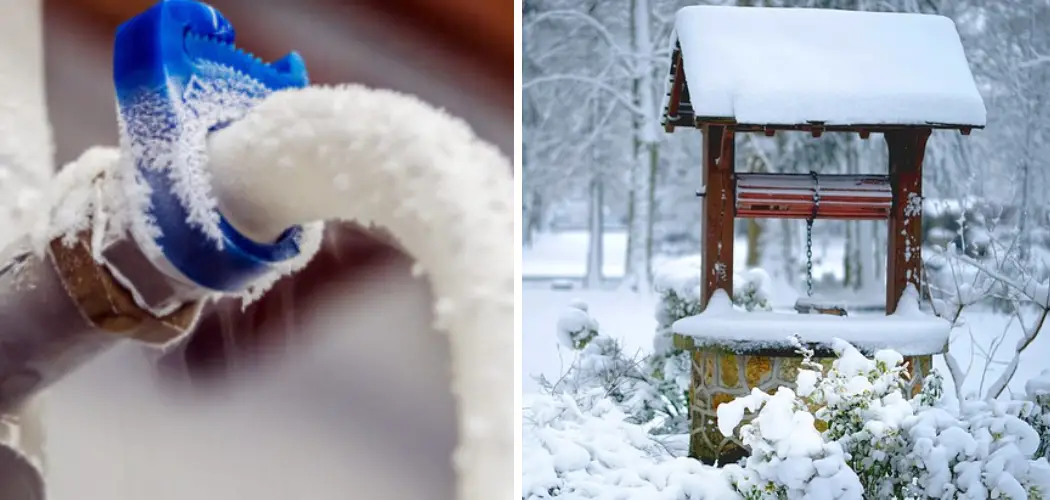Protecting a shallow well pump from freezing during winter is crucial for maintaining a continuous water supply and preventing costly repairs. When temperatures drop, the water inside the pump and pipes can freeze, leading to expansion that often results in cracking or bursting, compromising the entire system.
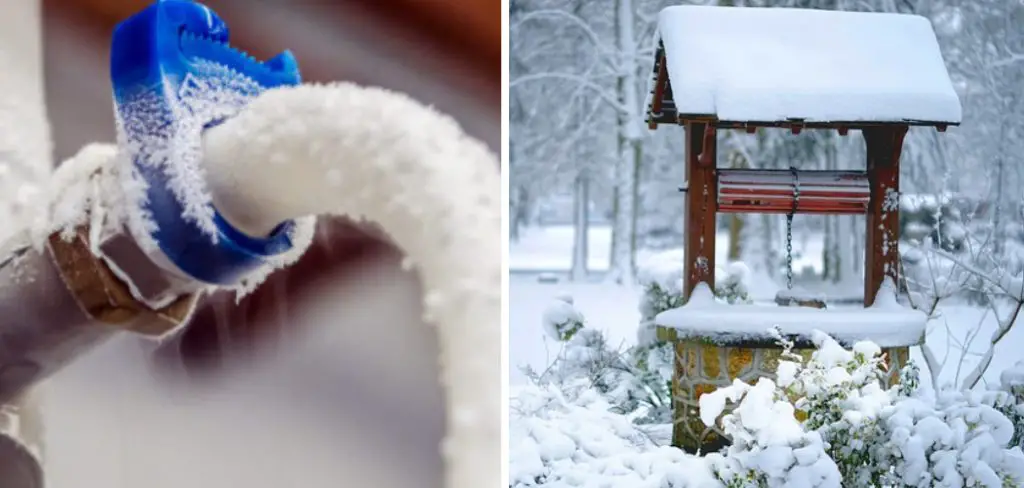
This can create significant challenges, including water supply disruptions and the potential need for expensive replacements. To help homeowners avoid these issues, this article will outline effective strategies for preventing freezing in shallow well systems. Key preventive measures include insulation techniques for the pump and pipes, the use of heat sources such as lamps and heaters, and efficient drainage practices.
Understanding how to keep a shallow well pump from freezing is essential for ensuring reliable access to water throughout the cold months, and implementing these methods can save both time and money in the long run.
Understanding the Risk of Freezing
How Freezing Affects the Pump
Cold temperatures can have a detrimental impact on a shallow well pump system. As temperatures drop, the water inside the pump and pipes can freeze, leading to a significant expansion of ice.
This expansion puts immense pressure on the pump’s components, resulting in cracking and bursting that can render the system inoperable.
Such damage can often necessitate expensive repairs or even replacement of the affected parts, making understanding the risks crucial for homeowners.
Areas Most at Risk
Certain parts of a shallow well system are particularly vulnerable to freezing during harsh winter months. Exposed pipes lack adequate insulation and are at high risk of ice formation.
Similarly, the pump housing and wellhead are critical areas that may experience freezing and allow cold air to infiltrate the system. Homeowners can proactively protect their shallow well systems by identifying these weak points.
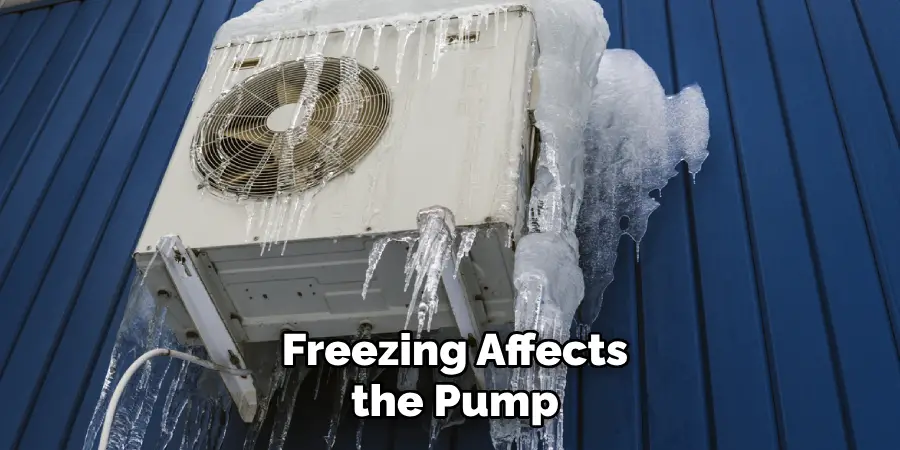
How to Keep a Shallow Well Pump from Freezing: Insulating the Well Pump and Pipes
Step 1: Insulate the Pump Housing
Insulating the pump housing is crucial for retaining heat and preventing freezing. Homeowners can achieve this by using foam insulation materials specifically designed for pumps or opt for insulated pump covers that provide an additional layer of protection.
DIY options such as old blankets or tarps can be used to wrap around the pump for a more cost-effective solution. It is vital to ensure that all exposed areas are completely covered to minimize heat loss, as any gaps can lead to cold air infiltration, increasing the risk of frost damage.
Step 2: Wrap Exposed Pipes
Exposed pipes are particularly susceptible to freezing; therefore, wrapping them in foam pipe insulation is an effective way to safeguard against the cold. Homeowners should measure the diameter of their pipes to select the appropriate insulation size.
Heat tape can also further bolster protection, especially tapes with built-in thermostats that regulate the temperature. This ensures that the heat tape maintains a consistent warmth, preventing the water inside the pipes from freezing even during the harshest winter conditions.
Step 3: Insulate the Wellhead
Insulating the wellhead is essential for reducing the likelihood of cold air entering the well and impacting the pump components. Homeowners can use insulation blankets designed for this specific purpose or invest in specially designed well caps that enhance the barrier against freezing temperatures.
Ensuring that the wellhead is properly insulated protects the pump and helps maintain a stable temperature within the entire shallow well system, thereby enhancing its reliability during winter months.
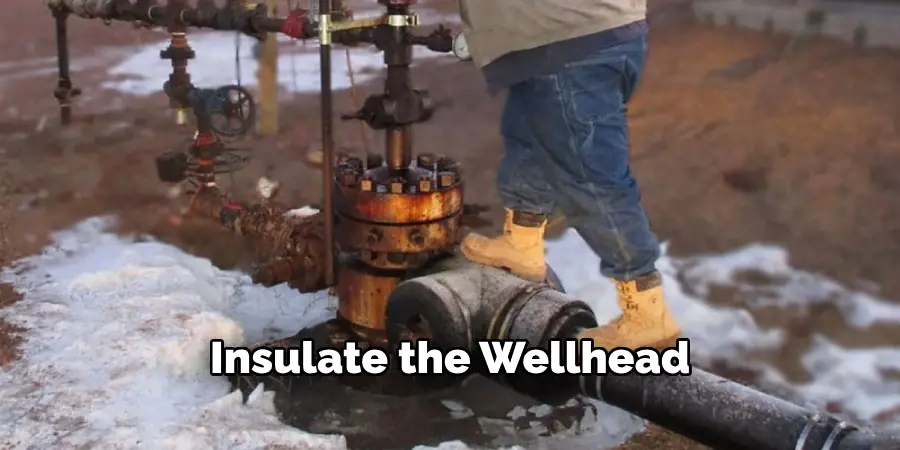
How to Keep a Shallow Well Pump from Freezing: Using Heat Sources to Prevent Freezing
Step 1: Install a Heat Lamp or Space Heater
Installing a heat lamp or space heater in the well house or pump shed can provide a reliable source of warmth during winter months. When setting up a heater, ensure it is positioned safely from any flammable materials to prevent fire hazards.
A thermostat-controlled heater is an excellent choice, as it helps to maintain a consistent temperature within the space, reducing the risk of freezing. Additionally, remember to monitor the heater periodically and ensure it is functioning correctly to provide optimal protection for your shallow well pump.
Step 2: Use Heat Tape or Heating Cables
Heat tape or heating cables can prevent freezing by supplying direct warmth to the pump and pipes. To apply these devices, start by cleaning the surfaces where the tape or cable will be installed. Once prepared, carefully wrap the heat tape around the pipes and pump, ensuring even coverage without overlaps.
Following the manufacturer’s instructions regarding installation and electrical connections is vital. Make sure the heat tape is properly connected to a power source, and use a timer or thermostat, if possible, to regulate the temperature automatically, ensuring it remains above freezing.
Step 3: Utilize a Heated Pump Cover
A heated pump cover is an effective way to maintain warmth around the pump itself. These covers typically plug into an electrical outlet and are designed to distribute heat evenly around the pump. When choosing a heated cover, it is crucial to select one that fits securely to prevent cold air from entering and to maximize heat retention.
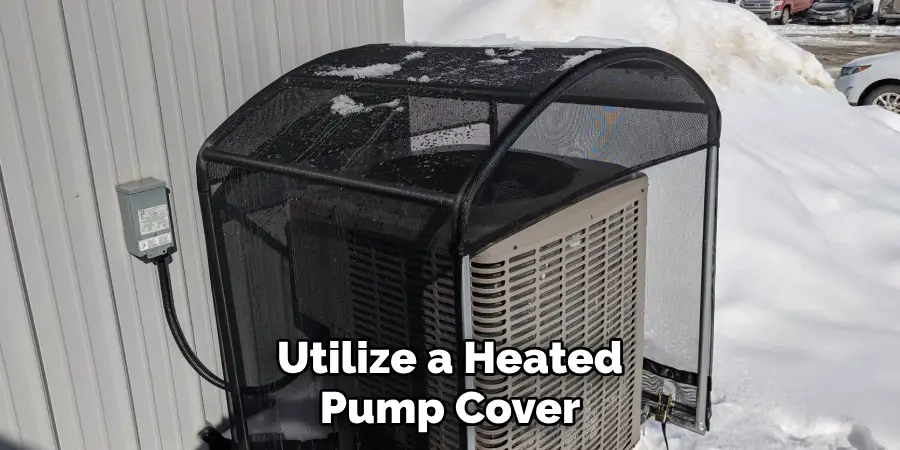
Regularly check the heated cover to ensure it is functioning correctly and securely, as this will help protect your shallow well pump against freezing temperatures throughout the winter.
Ensuring Proper Drainage
Drain the Pump and Pipes When Not in Use
When a shallow well system won’t be in use during winter, it’s crucial to drain the pump and pipes to prevent water from freezing. Start by turning off the pump’s power supply. Locate the drain valves and open them gently to allow any accumulated water to escape.
Disconnect the pump from the piping system if there are no drain valves. Ensure that all water is thoroughly expelled from the pipes to avoid ice formation, as trapped water can lead to significant damage.
Install Drain Valves
Consider installing drain valves at low points within the system to facilitate easier drainage in the future.
These strategically placed valves will allow for quick and efficient water removal, making it simpler to prepare the system for periods of inactivity.
This is particularly useful if the pump is used intermittently during winter, as it minimizes the risk of freezing without requiring extensive disassembly each time.
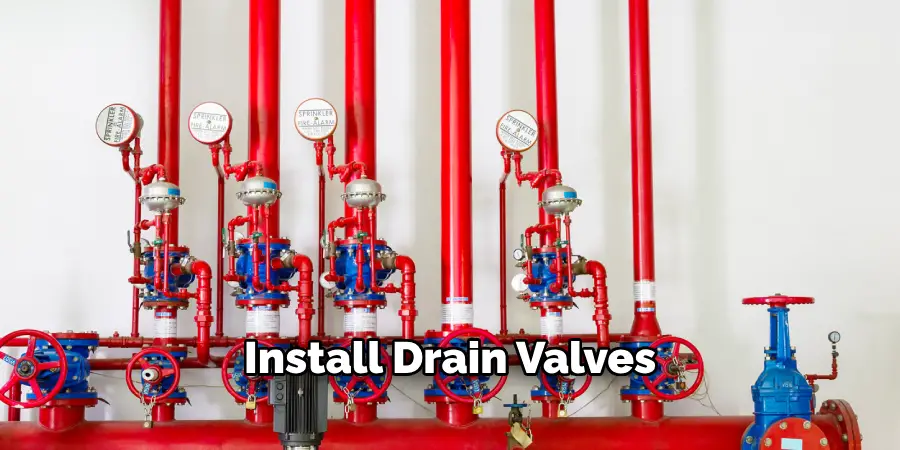
Additional Preventive Measures
Keep Water Flowing
One effective method to prevent freezing in your shallow well system is to keep the water moving. Allowing a small trickle of water to flow continuously through the pipes during extremely cold weather can help prevent the water from freezing, as moving water is less likely to form ice.
Seal Cracks and Gaps
Inspecting your well house or pump shed for any cracks or gaps that could allow cold air to enter is essential. Sealing these openings with appropriate materials can help maintain a warmer environment inside, significantly reducing the risk of freezing damage to the pump and pipes.
Monitor Weather Conditions
Regularly checking the weather forecast is crucial for taking timely action against freezing temperatures. If extreme cold is predicted, consider proactive measures such as turning on heaters, insulating vital components, or draining the system to ensure everything remains functional during harsh conditions.
Troubleshooting Freezing Issues
Signs of a Frozen Pump
Identifying a frozen pump early can prevent significant damage. Common signs include a complete lack of water flow from the taps, unusual noises, such as creaking or popping sounds coming from the pump or piping, and visible frost on the surface of either the pump or the pipes. If you notice these indicators, it’s crucial to take action promptly.
Thawing a Frozen Pump
To safely thaw a frozen pump, ensure the power supply is turned off. Use a heat gun or a space heater positioned safely from the pump to gently warm the affected area. Alternatively, you can wrap warm towels around the pump and pipes, replacing them frequently to maintain warmth.
It’s essential to gradually increase the temperature; rapid changes may damage the pump. Monitor the situation closely and check for any signs of water flow returning before fully reactivating the system.
Frequently Asked Questions (FAQs)
1. What Can I Do if My Shallow Well Pump Has Frozen?
If your shallow well pump has frozen, the first step is to turn off the power supply to prevent any damage. Then, gently warm the affected area using a heat gun or a space heater, ensuring it is positioned safely away from any flammable materials. Alternatively, you can wrap warm towels around the pump and pipes, replacing them frequently to maintain warmth. Gradually increasing the temperature is crucial to avoid rapid changes that could damage the pump.
2. How Often Should I Check My Shallow Well System During Winter?
Monitoring your shallow well system regularly during winter, especially during extreme cold spells, is advisable. Checking at least once a week can help ensure everything is functioning correctly. Look for signs of freezing, such as no water flow or unusual noises, and take proactive measures, such as turning on heating devices or draining the system before severe weather.
3. Is It Necessary to Keep Water Flowing Continuously to Prevent Freezing?
Keeping a small trickle of water flowing through your shallow well system can effectively prevent freezing, especially during extreme cold. Moving water is less likely to freeze than stagnant water, so allowing minimal flow can provide additional protection for your pump and pipes. However, this method should be used with other preventive measures for optimal results.
Conclusion
In summary, protecting your shallow well pump from freezing requires a combination of insulation, heat sources, and proper drainage. Essential steps to consider include installing heat lamps or space heaters, using heat tape or heating cables, and ensuring efficient drainage by using drain valves.
Regularly sealing cracks in your well house and monitoring weather conditions are also vital preventive measures. It’s important to remain proactive and vigilant throughout the winter months. Remembering how to keep a shallow well pump from freezing will save you from costly repairs and ensure a reliable water supply when you need it most.
We encourage readers to implement these strategies diligently, as taking the necessary precautions will ultimately lead to a well-protected pumping system that functions seamlessly, providing you with peace of mind during the colder seasons.

